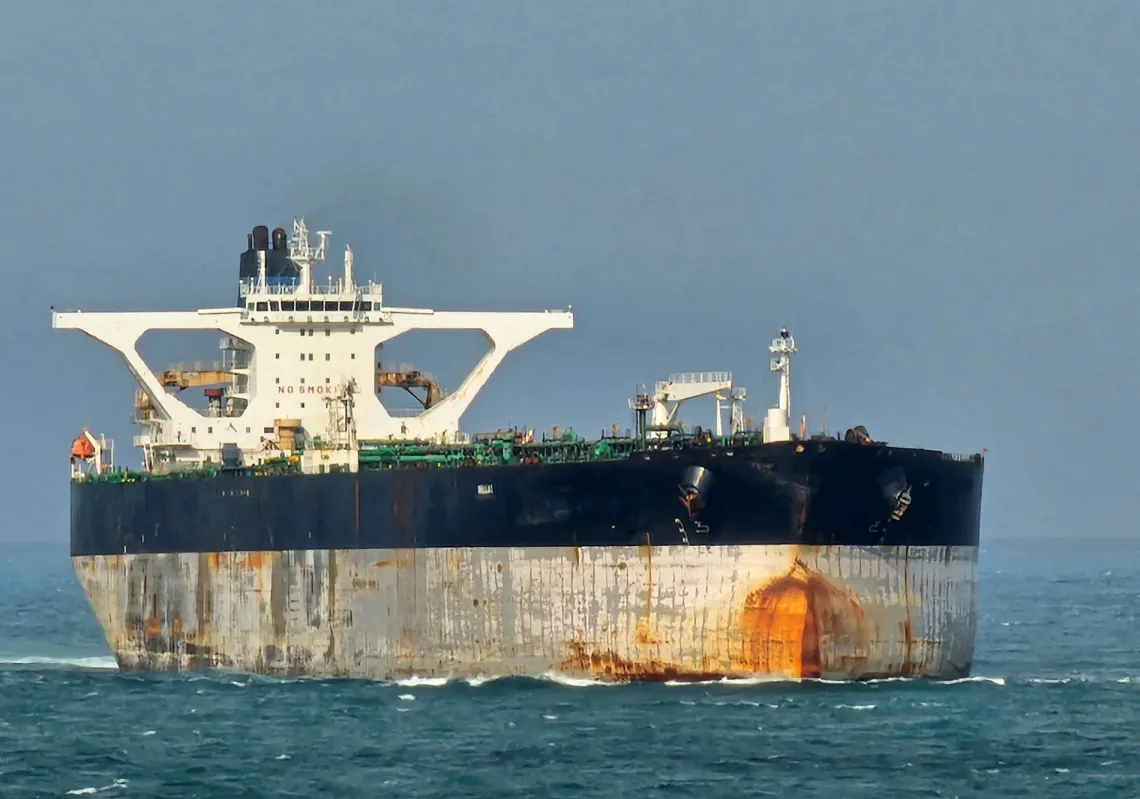With conflict in the Middle East, a major war in Ukraine, and global trade disputes between both friends and enemies, countries are keener than ever for competitive advantage. With that in mind, Saudi Arabia may have spotted an opportunity in an industry long-established as the backbone of world commerce: maritime shipping.
The Kingdom’s reputation for reliability extends to its ports, strategically situated at the crossroads between Asia, Africa, and Europe, with coastlines along the Arabian Gulf and the Red Sea, which are both important for maritime trade.
According to the Saudi Ports Authority, also known as Mawani, roughly 13% of global trade passes through the Kingdom’s maritime facilities, identified as a key area for further growth, with port infrastructure playing a critical role in the goals of Vision 2030—Saudi Arabia’s national transformation plan, an aim of which is to further establish the Kingdom as a global logistics hub.
Increasingly connected
The vision is of regional integration and cooperation with neighbouring countries, with increased revenue from Saudi ports contributing to the Kingdom’s economic diversification. Currently around 70% of Saudi exports leave via Saudi ports and there are official targets to increase the share.
Read more: Mawani ports authority flexes Saudi Arabia's maritime muscles
Saudi ports already link to more than 30 global destinations, but to support the expansion ambitions, the government has increased and upgraded port facilities through the Saudi Global Ports Group, an affiliate of the Saudi sovereign wealth fund, the Public Investment Fund (PIF). A key initiative of this includes the expansion of the King Abdulaziz Port in Dammam.
Three new shipping services have recently been added to the port, including one for Taiwanese-headquartered shipping company Evergreen, which was added in May, and two for European shipping line MSC. The increased handling capacity connects Dammam to Jubail Commercial Port in Saudi Arabia.















